The Top 9 Poorest Countries In The World.
In today's global economy, there are stark contrasts between the wealthiest and poorest nations. While some countries continue to thrive economically, others struggle with poverty, instability, and a lack of resources. Various factors contribute to poverty, including political instability, corruption, natural disasters, and economic mismanagement. Below is a list of the top 9 poorest countries in the world, ranked by GDP per capita, which provides a clear measure of the average income of a country's citizens. These nations face major economic challenges but continue to strive for improvement.
9. Haiti
GDP Per Capita - $1,200
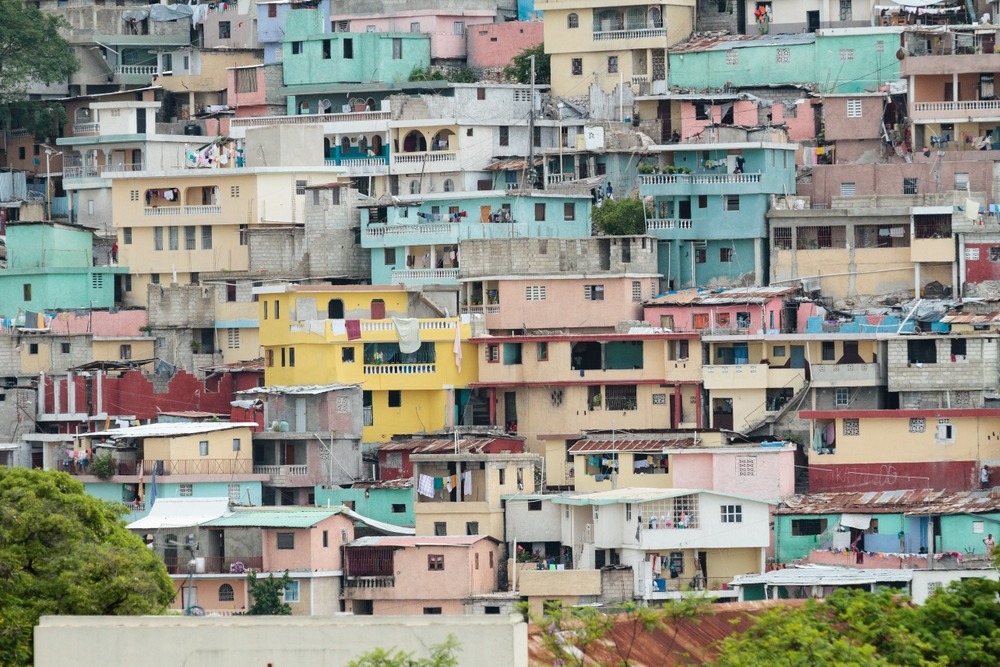
Haiti, located on the island of Hispaniola in the Caribbean, is often ranked as the poorest country in the Western Hemisphere. The nation's GDP per capita is approximately $1,200, reflecting deep economic hardship. Haiti has faced centuries of political instability, poor infrastructure, and repeated natural disasters, including the devastating 2010 earthquake. The country remains heavily reliant on international aid to support its population. Despite efforts to rebuild, Haiti continues to struggle with inadequate healthcare, education, and access to basic services.
8. Liberia
GDP Per Capita - $1,200
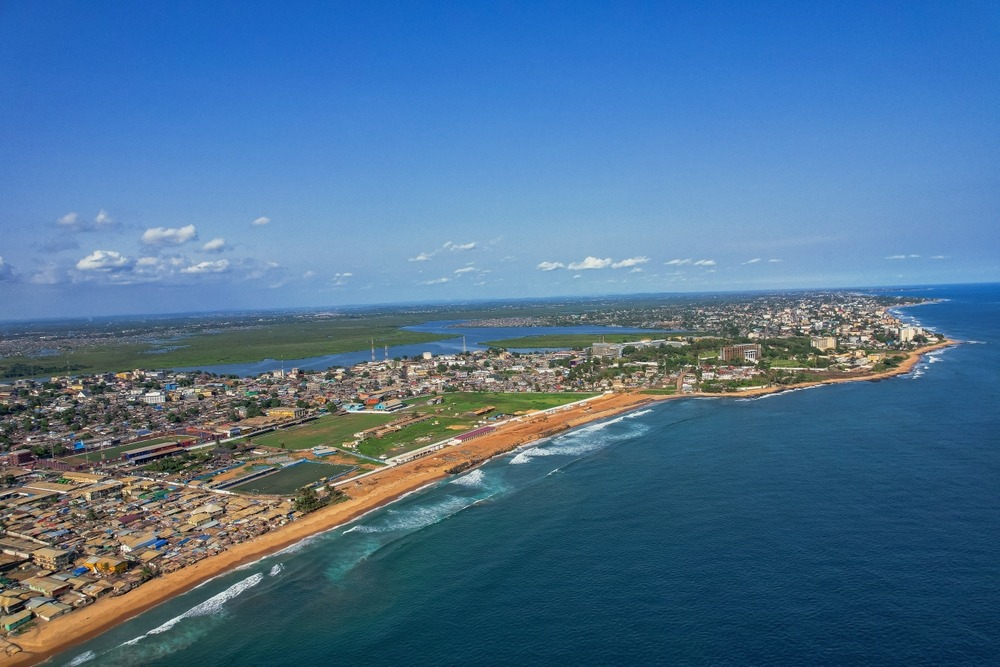
Liberia, located in West Africa, has a GDP per capita of approximately $1,200. The country has faced numerous setbacks, including a brutal civil war that lasted from 1989 to 2003 and left it with massive infrastructural damage. Although the economy is largely driven by natural resources like rubber and iron ore, the country faces high levels of unemployment, poverty, and corruption. Liberia also has a significant debt burden, which restricts the government’s ability to invest in vital sectors like healthcare, education, and infrastructure.
7. Mozambique
GDP Per Capita - $1,100
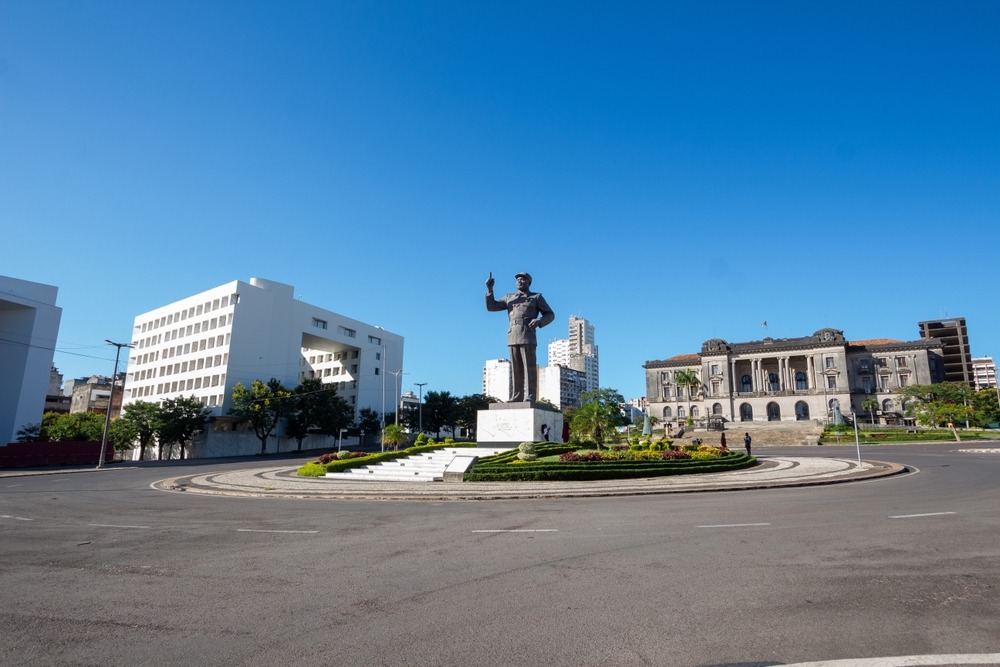
Mozambique, a southeastern African country, has a GDP per capita of around $1,100. Although it is rich in natural resources, including coal and natural gas, Mozambique has faced significant challenges, including civil war, corruption, and poor infrastructure. The country’s reliance on foreign investment has yet to translate into broad economic growth, and much of its population lives in poverty. Mozambique also grapples with high rates of child malnutrition, a high HIV/AIDS prevalence, and limited access to clean water.
6. Malawi
GDP Per Capita - $1,100
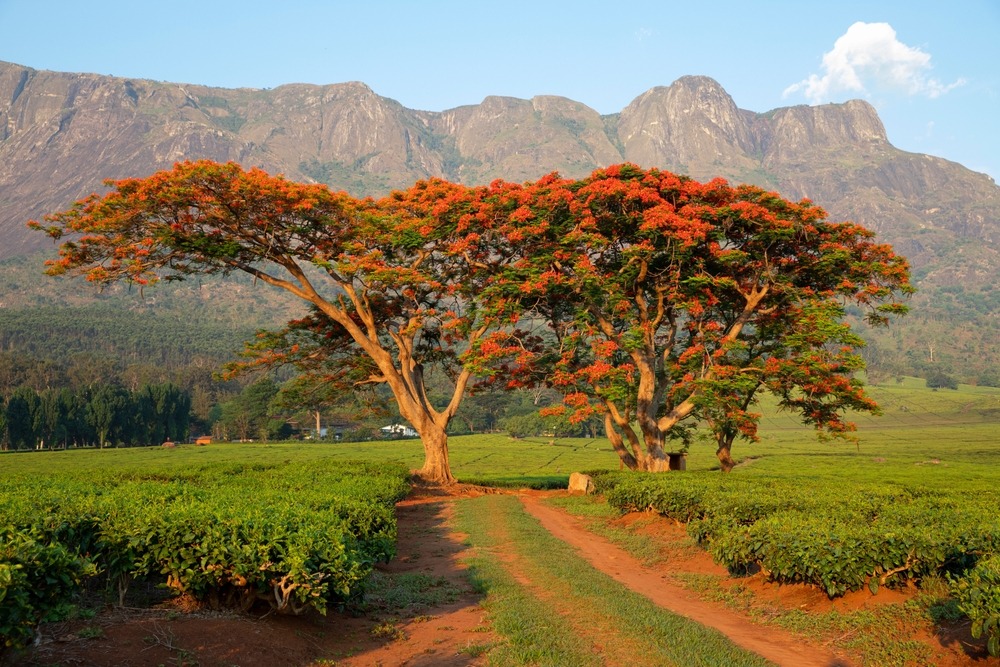
Malawi, a southeastern African country, has a GDP per capita of about $1,100. The country is heavily dependent on agriculture, with around 80% of the population working in the sector. However, Malawi faces multiple challenges, including poor soil quality, unreliable rainfall, and high rates of poverty. The country also has one of the highest HIV/AIDS prevalence rates in the world, which impacts its labor force and overall productivity. With limited access to education and healthcare, Malawi continues to struggle in its fight against poverty.
5. Niger
GDP Per Capita - $1,000
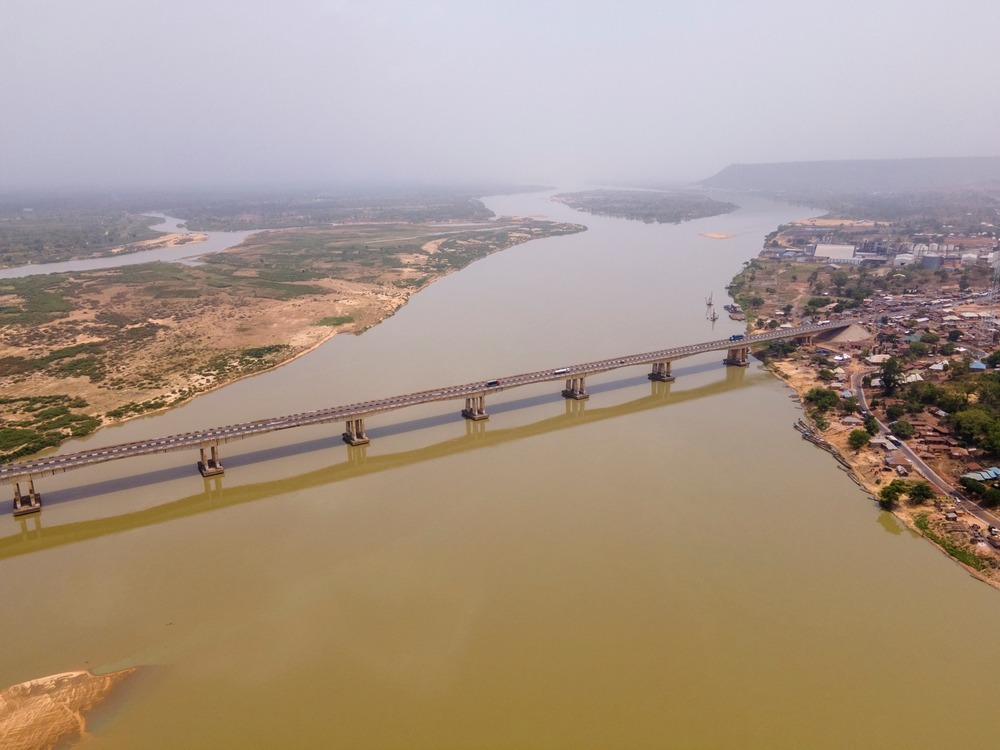
Niger, a landlocked country in West Africa, has a GDP per capita of just over $1,000. Despite its vast natural resources, including uranium, Niger remains one of the world’s poorest countries due to poor governance, drought, and a lack of infrastructure. Its economy is largely agricultural, but recurring droughts and desertification undermine food production and threaten food security. The population also faces high rates of illiteracy, malnutrition, and high fertility rates, which contribute to ongoing economic struggles.
4. Burundi
GDP Per Capita - $800
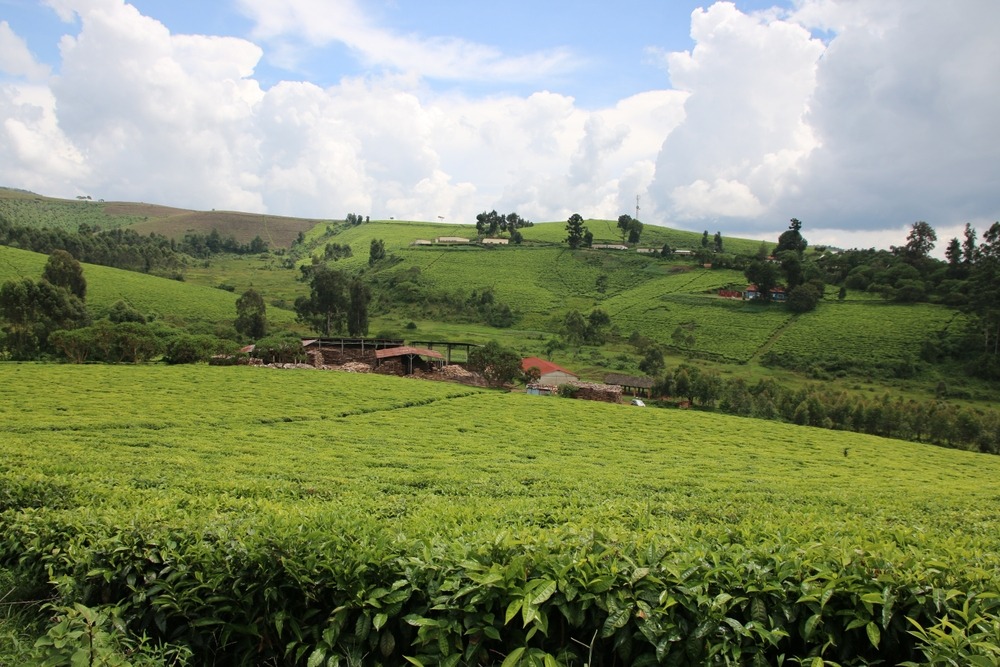
Burundi, located in East Africa, has a GDP per capita of approximately $800. It has been plagued by political instability and ethnic conflicts, which have severely hindered economic development. The country’s agricultural sector, which employs the majority of the population, has faced challenges from climate change, low productivity, and lack of investment. Burundi also suffers from high poverty levels, limited access to education and healthcare, and a large proportion of the population living on less than $1.90 per day.
3. South Sudan
GDP Per Capita - $800
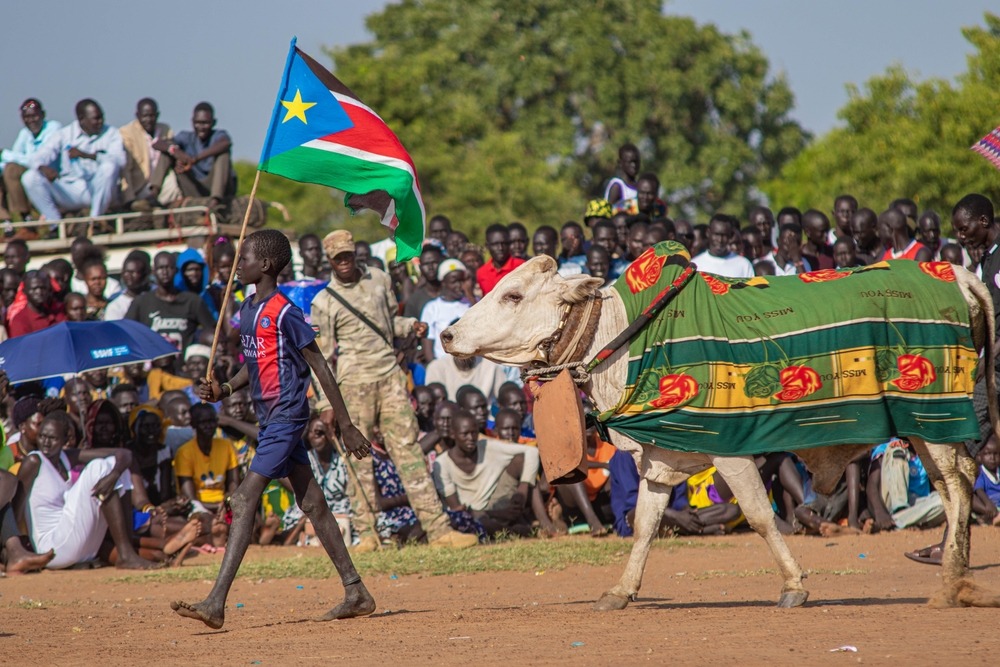
South Sudan, the world’s youngest country, has a GDP per capita of around $800. Since its independence from Sudan in 2011, South Sudan has been embroiled in a brutal civil war that has devastated its economy and infrastructure. Despite its vast oil reserves, the country remains impoverished due to the ongoing conflict, corruption, and inadequate governance. The war has displaced millions, and access to healthcare, clean water, and education is limited. South Sudan remains one of the most fragile countries in the world, with extreme poverty and a severe humanitarian crisis.
2. Democratic Republic of the Congo (DRC)
GDP Per Capita - $500
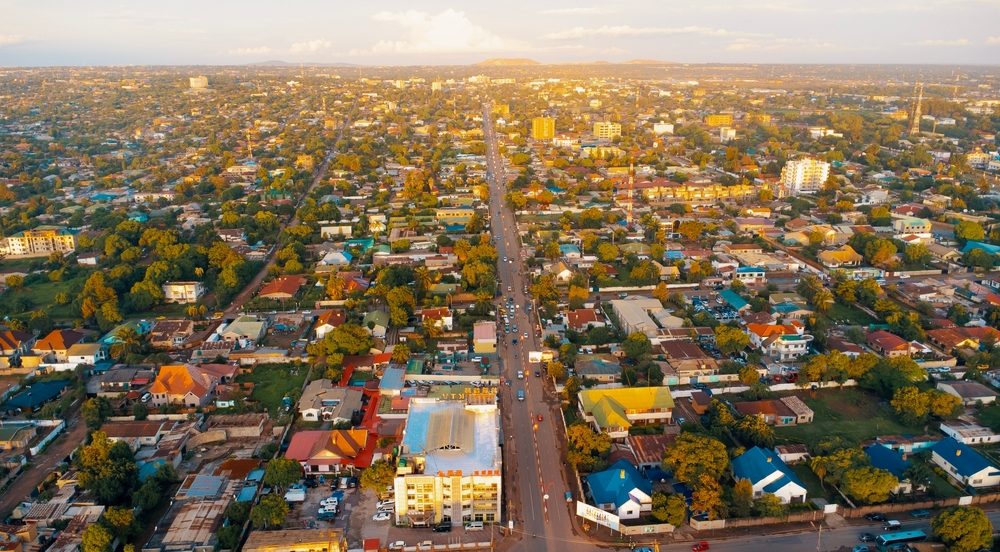
The Democratic Republic of the Congo (DRC) is one of the richest countries in Africa in terms of natural resources, with vast reserves of minerals, timber, and water. However, it remains one of the poorest countries in the world, with a GDP per capita of about $500. The DRC’s history of civil war, corruption, and political instability has hindered its development. The country suffers from inadequate infrastructure, widespread poverty, and a lack of access to basic services such as healthcare and education. The ongoing conflict in the eastern part of the country further exacerbates the challenges it faces in terms of economic growth.
1. Central African Republic (CAR)
GDP Per Capita - $300
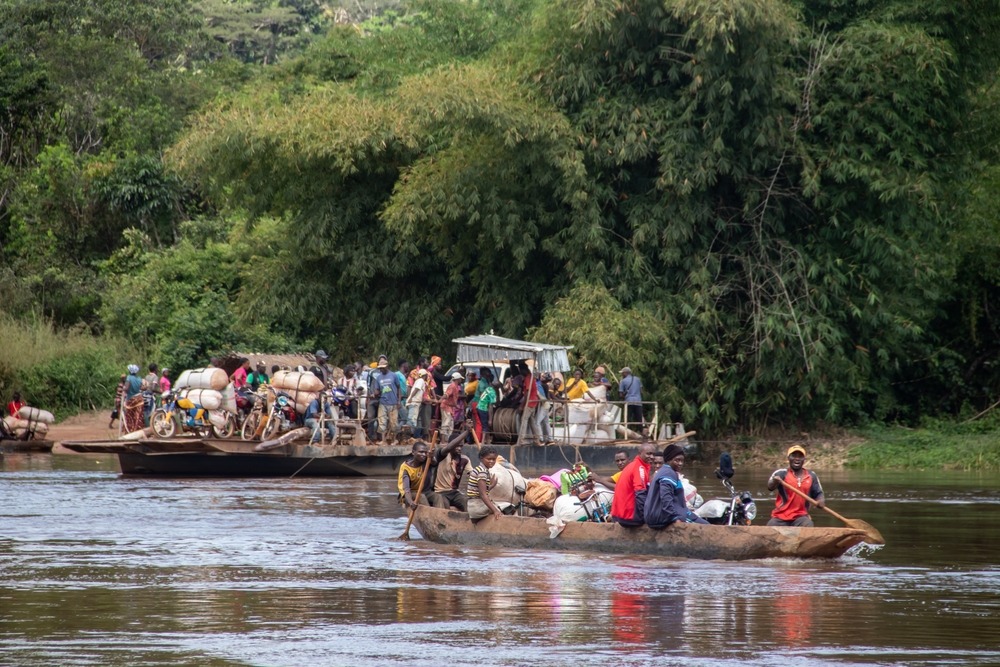
The poorest country in the world is the Central African Republic (CAR), with a GDP per capita of approximately $300. The CAR is rich in natural resources, including diamonds, gold, and uranium, but years of armed conflict and political instability have prevented the country from benefiting from these resources. Poverty levels are high, and much of the population lacks access to clean water, healthcare, and education. Civil war and political violence continue to plague the country, making it one of the most dangerous and impoverished places on earth.
The poorest countries in the world continue to face immense challenges, from political instability to poor infrastructure and a lack of access to education and healthcare. While some nations have vast natural resources, they often struggle with governance issues, corruption, and internal conflicts that prevent them from realizing their potential. Many of these countries rely heavily on foreign aid and support from international organizations to meet the basic needs of their populations.
RELATED: The Top 10 Richest Countries in the World.
Efforts to combat poverty in these regions are crucial and require a combination of effective governance, international cooperation, and long-term investment in infrastructure, education, and healthcare. Only through sustainable development and peacebuilding efforts can these countries hope to break the cycle of poverty and improve the quality of life for their citizens.
As the world becomes more interconnected, it is important to remember that addressing global inequality is essential for creating a more just and prosperous future for all.














